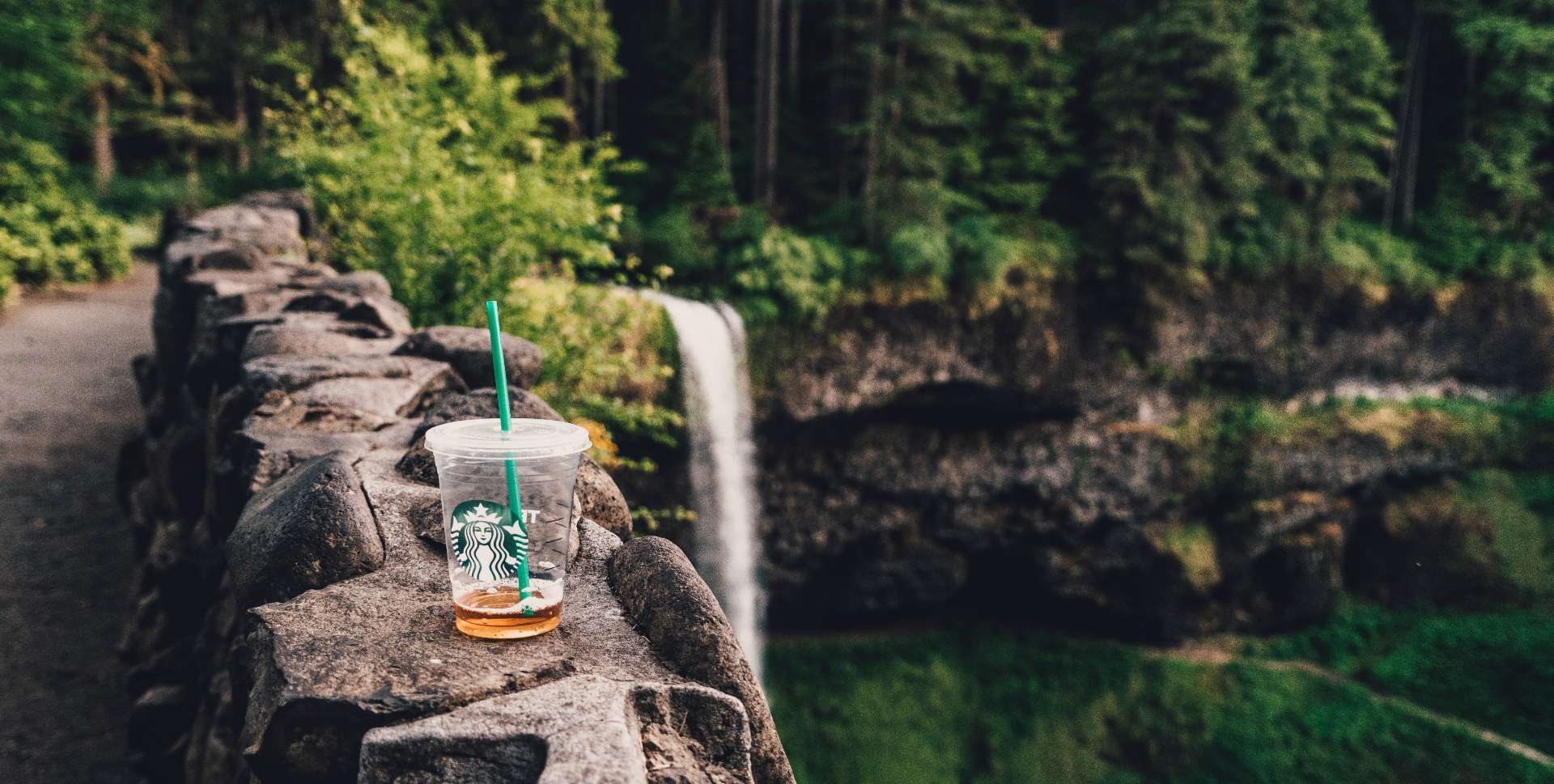Nowadays you’ll struggle to find many outdoor enthusiasts who aren’t familiar with “Leave No Trace” and the ethics embodied by the motto.
Designed as a framework to minimize the impact humans have when visiting the great outdoors, Leave No Trace guidelines are applicable to almost every recreational activity.
It’s important to familiarise yourself with the principles no matter how you plan to enjoy adventuring out into the wild. We all can take something from them.
This guide will walk you through where the Leave No Trace (LNT) movement came from, outline the seven leave no trace principles, and question whether it does enough to encourage people to preserve the environment.
Tracing the History of LNT
In 1967, Roderick Nash released his work Wilderness and the American Mind [1]. In it, he warned that Americans were “in danger of loving their wilderness to death”.
Nash was part of a cultural shift in the 1960s and 1970s America that sought to minimize the impact humans were having on the environment. This movement was responding to the growth of recreational outdoor activity.
Baby Boomers in search of back-to-nature experiences had caused the recreational use of national forests to triple during the 1960s. New recreational equipment (such as white gas stoves and synthetic tents) had made accessing the wilderness easier than ever before.
In the late 1970s and 1980s, it was clear to those working to protect the wilderness that education was the key to preserving the land, rather than regulations. Enforcement of regulations would be difficult and could antagonize the public.
And vitally much of the impacts humans were having on the environment was not through malicious acts but the result of ignorance of what was assumed to be low impact practices and insensitivity to the consequences of one’s actions.
Related: Looking for an easy start to camping in a group? Check out the best 3 room tent for families and groups. And remember – leave no trace!
In 1990 following successful public information campaigns about forest fires and littering (special mention to Smokey Bear and Woodsy Owl here!), the process for a formal, national Leave No Trace program had begun.
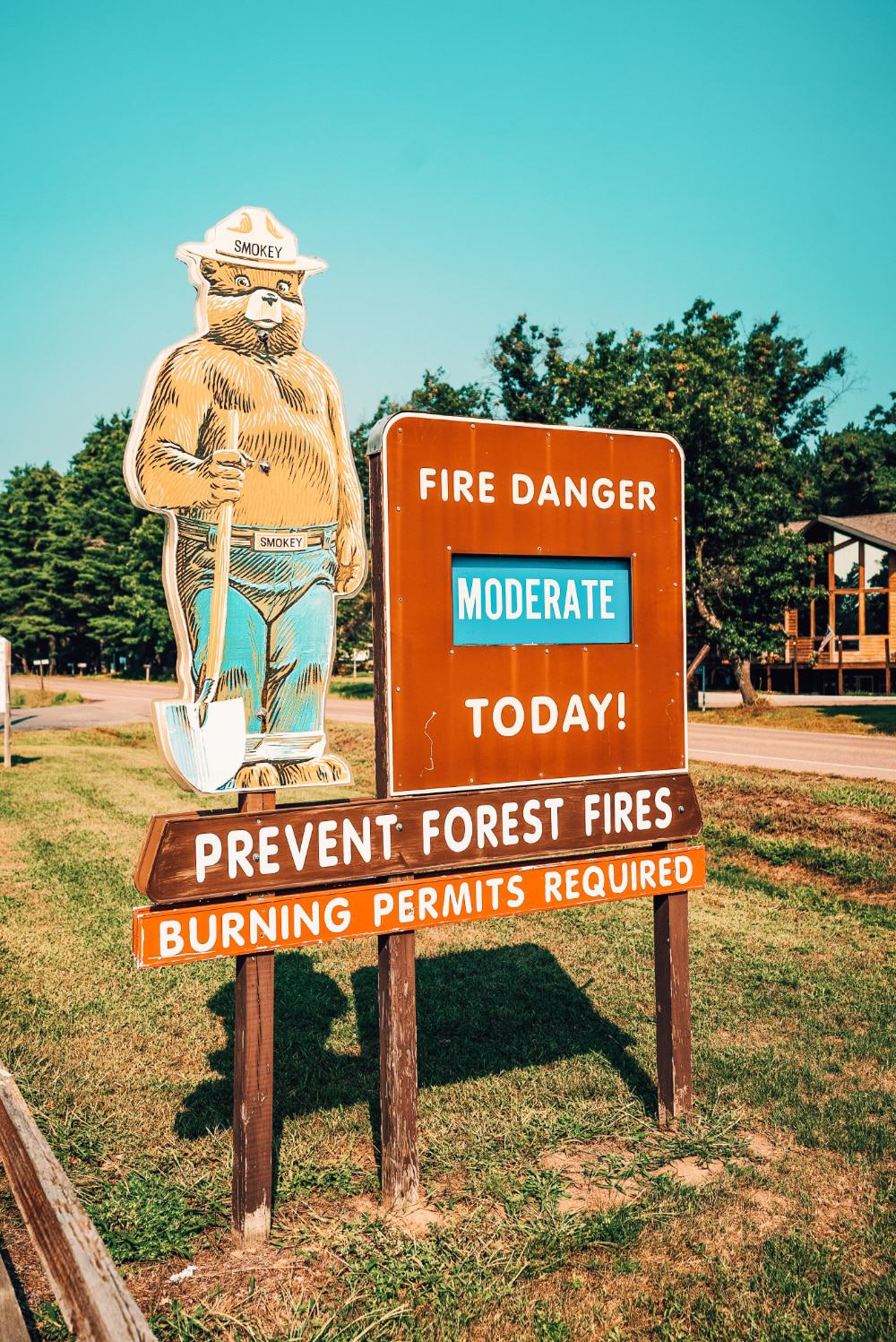
Today, Leave No Trace has gone global. It has become the common sense and generally uncontroversial environmental ethical guidelines embraced by government bodies, corporations, and youth groups like the Scouts.
Tip: The Boy Scouts of America [2] run courses on outdoor ethics for kids and adults.
Seven Principles to Follow
In 1924, visits to National Forest Service lands stood at 4.6 million. By 1999 it had jumped to 900 million [3]. If we aren’t responsible with our outdoor pursuits, it’s clear that this increase could have devastating consequences for the landscape and wildlife.
Whilst I want to encourage as many people as possible to get out and enjoy the great outdoors, Nash was right. If we aren’t careful, we risk losing the spots we love.
Plan ahead and prepare
Before heading out on your adventure make sure you’ve put in the adequate research to be as prepared as possible beforehand.
Check weather forecasts and regulations for where you are going (including gaining any permits or permission). Try to avoid places that are going to be in high demand and avoid venturing out in large groups.
Related: Looking for a tent that can handle even the tallest members of the group? We’ve reviewed the best tents for a tall person.
Poor preparation might mean you run into problems and make poor choices. For example, you might become lost and have to cross vulnerable habitats and disturb delicate ecosystems to find your way back. This can be avoided with some preparation.
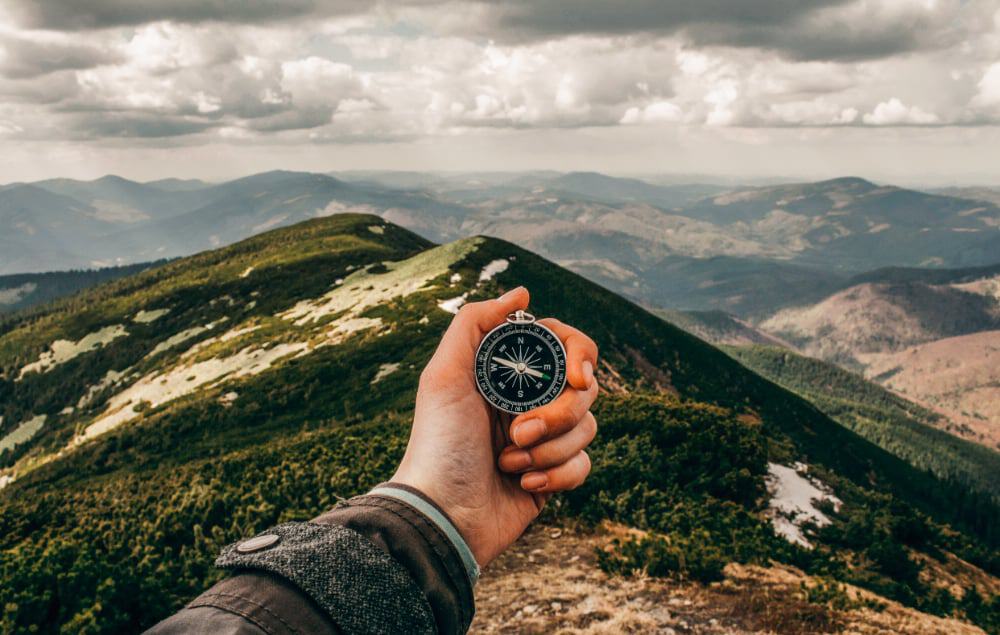
Making sure you can use a map and compass will reduce the chances of you getting lost and damaging fragile habitats.
Travel and camp on durable surfaces
One of the joys of the wilderness is a landscape untrampled by man. Whenever you are hiking, stick to trails on resilient terrain like rock, gravel, dry grass or snow and avoid areas of vegetation.
Walk single-file in areas where vegetation is already absent to prevent worsening the impact of hiking through the wilderness. When you come to less-traveled areas it might be a good idea to spread out to reduce your impact.
Dispose of waste properly
Take out the trash! Make sure to carry any waste (garbage or human) so you leave your campsite as clean as you found it.
Tip: Be the change you want to see in the world – don’t just pick up your own litter, bring a bag to pick up any litter you see when walking.
If you see an opportunity to use a proper toilet facility, take advantage of it.
Otherwise take a small trowel with you to dig “catholes” about six to eight inches deep and ideally 200 feet from any water source, camp or trail. When finished cover and disguise the cathole.
Toilet paper and hygiene products should be packed out after being used. Bring two ziploc bags, one inside the other, to store your used toilet paper. Some people prefer to use doggy poop bags as they are opaque and can disguise any smell efficiently.
Leave what you find
If you find a really cool rock or some antlers – leave them where you find them! If you got a kick out of it, leave it for others to enjoy. Leave natural objects where you find them.
Tip: Try and avoid introducing non-native species into new areas by cleaning your boots after big trips – especially if you are traveling internationally.
Remember that the best campsites are found, not made! Don’t dig trenches or build structures.
If you come across cultural or historic structures and artifacts, examine and enjoy them but leave them untouched to preserve the past.
Rock Cairns
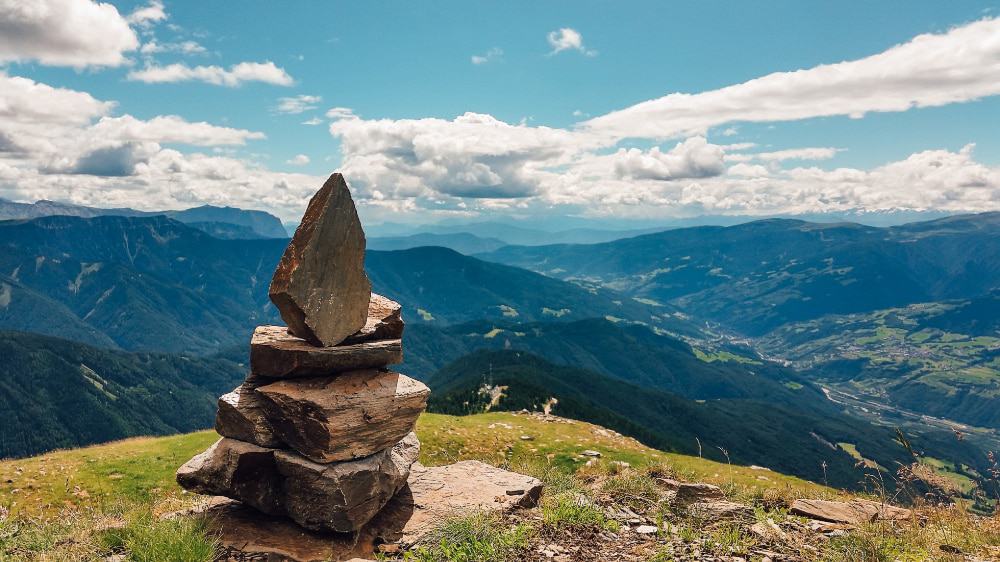
Rock cairns (a man-made pile of stones) have been used for a variety of purposes. In Scotland, it’s tradition to carry a stone from the bottom of the hill to the top to place on top of a cairn. It’s a really common practice – one that I have participated in!
There’s even an old Gaelic blessing related to the practice which translates to “I’ll put a stone on your cairn” (Cuiridh mi clach air do chàrn).
However, when Zion National Park shared posted this photo [4], it caused me to rethink their impact. Moving rocks can disturb the soil and make the area more prone to erosion. There are knock-on effects on fragile vegetation and the ecosystem.
Tip: Want to stay safe in the outdoors? Make sure you bring the 10 essentials.
Unauthorised cairns are also a danger as hikers use them to navigate trails. Random cairns can cause hikers to get lost and damage the landscape.
Some hikers also feel like the growing number of small stacks of stones marking human activity dampens their own experience of the wilderness.
Personally, the issue of rock cairns is a difficult one. I agree that the number of unauthorised and small scale stacks of stones is an issue for our short and long term enjoyment of the great outdoors.
But I also understand the tradition of carrying stones up on hikes to place at the peak. It’s hard to see how that one little rock I bring with me can really make a difference – but that’s the point!
Often our individual actions are small scale and seem unimportant but collectively it adds up.
I’m not sure how I feel about people carrying stones up Munros [5] to continue a cultural tradition if it damages the environment.
But I definitely think we need to stop building so many small stacks of stones that litter the landscape.
Minimize campfire impacts
Whilst campfires are a camping tradition they can be destructive. You should only have fires where they are permitted so check the local rules beforehand. Ask at the visitor center, check online or contact the park before you visit to be sure.
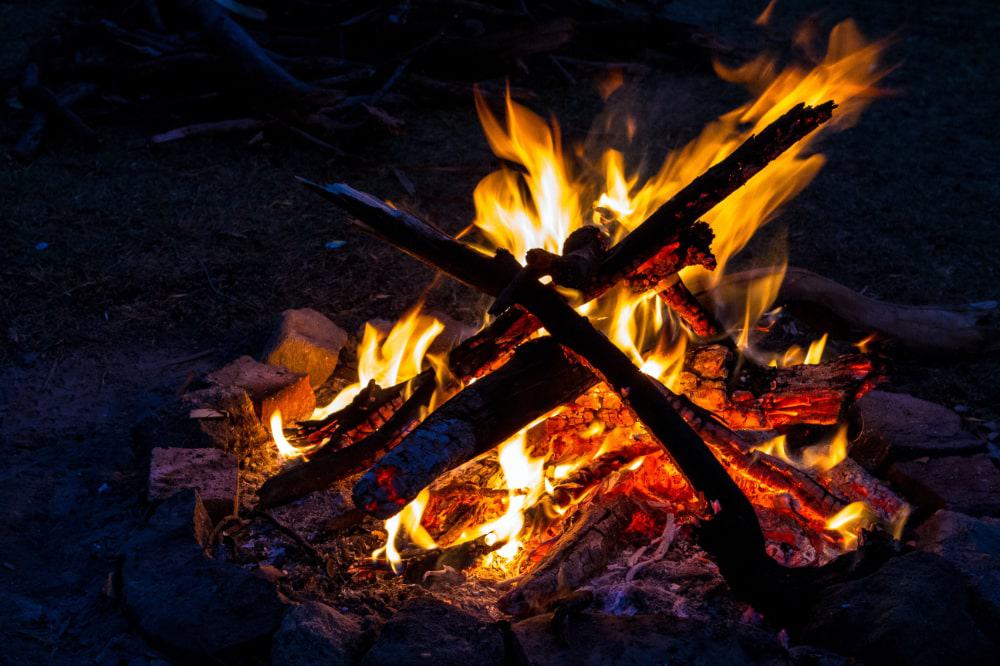
If you are allowed to start a campfire, check the fire conditions next. If it’s been windy and dry then campfires might be banned or under restrictions.
Generally, you should keep fires small surrounded by a fire ring or build a mound fire, as shown here by the Leave No Trace Center.
For all other fire safety advice and guidance, check out our article about how to build a campfire.
Respect Wildlife
Bring some binoculars with you and enjoy the wildlife from a distance. You should not approach animals and must not feed them. You can alter an animal’s behavior by interacting with them which might leave them exposed to predators.
Tip: Make sure to control your pets – if your dog chases after rabbits when you walk them in the park, you’re going to need to bring a leash to keep them safe.
Avoid areas where wildlife will be sensitive. Check before venturing out to see if you need to be wary of animals that might be mating, nesting or raising their young.
This is for your safety as much as theirs. Most deer mating seasons are between late September and early November. During this time, bucks and stags can be aggressive towards humans and may attack.
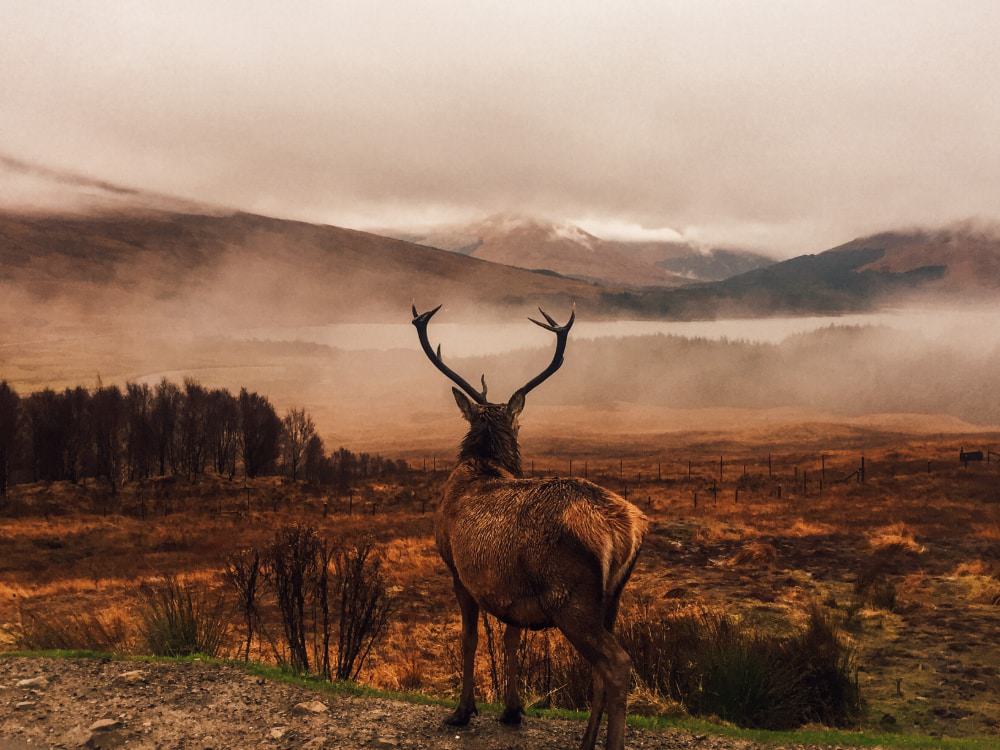
Be considerate of other visitors
As good a principle for the great outdoors as for any walk of life – be considerate! Respect other visitors and the quality of their visit and they will do the same for you.
Try to avoid making loud noises and instead enjoy the sounds of nature. You shouldn’t play loud music or shout over each as this can impact on others enjoyment of the great outdoors.
Leave gates as you find them – either open or closed! Like Leave No Trace broadly, this rule has become an internationally recognized rule of courtesy. This can be especially important in areas where livestock animals are present.
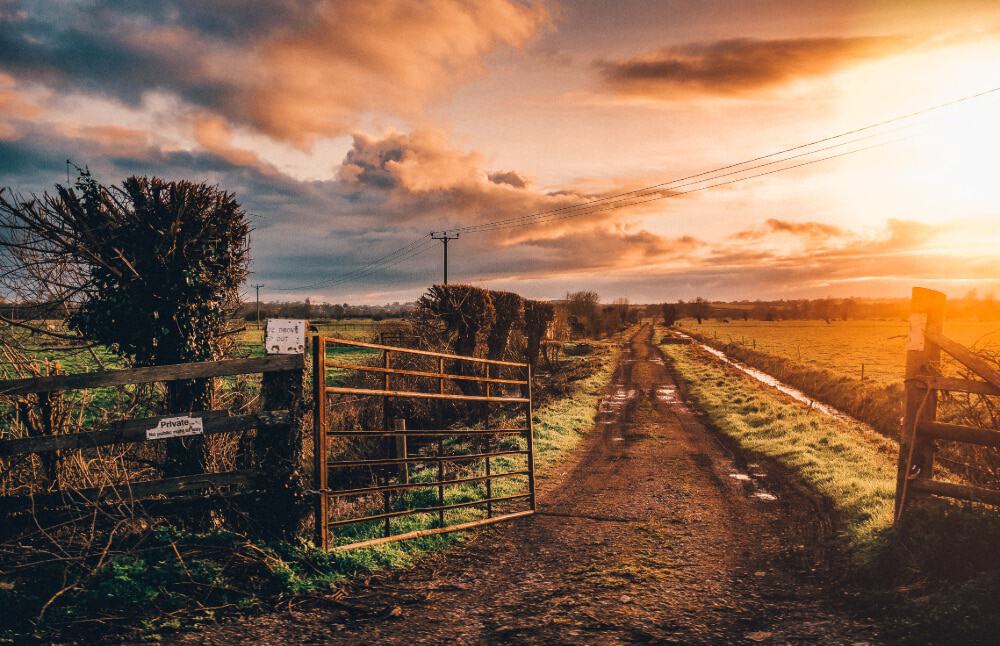
Beyond Leave No Trace
As I said early in this article, Leave No Trace is generally uncontroversial. This does not mean that the guidelines are not without their criticisms.
There is a concern that as practical environmental ethical advice, Leave No Trace disguises much about human relationships with the planet.
Historian William Cronon [6] argues that the view of wilderness as pure and isolated pockets of serenity escaping the human disease of civilisation has led environmentalists to fetishize and focus on national parks.
This has meant that urban and suburban spaces where most people actually live and influence their environment has been neglected. Leave No Trace compartmentalised the concerns about our impact on the “environment” into national parks.
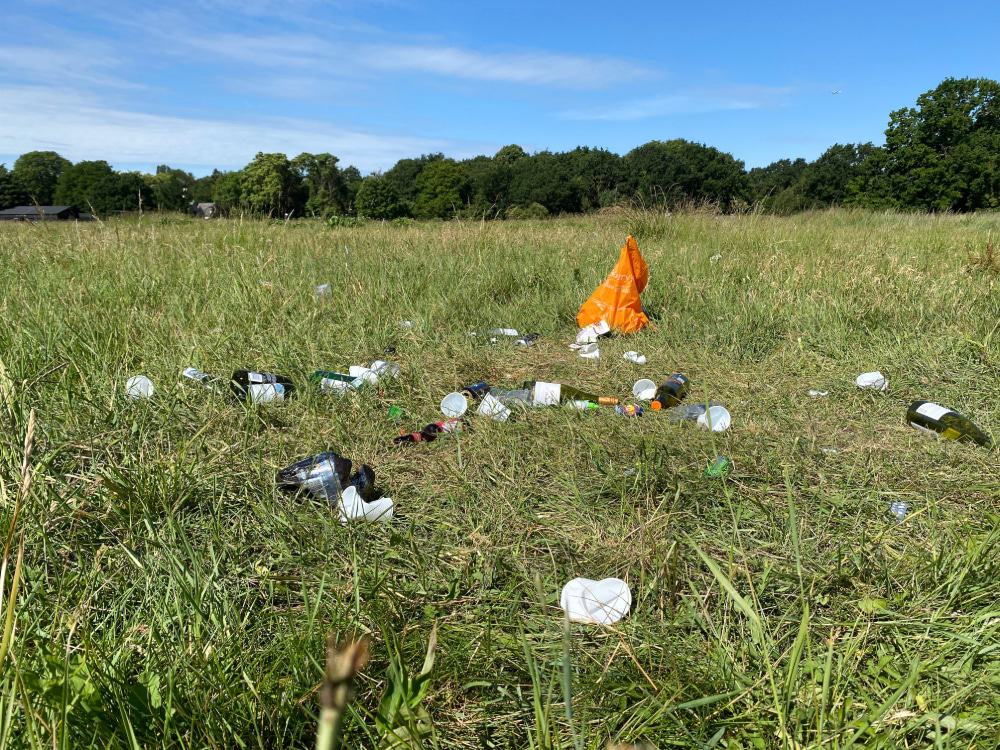
The problem is that Leave No Trace encourages the belief that by following a few simple rules of camping etiquette, recreational campers can protect natural landscapes from their impact whilst maintaining access for recreation and enjoyment.
But recreational camping is not the only factor influencing ecological change in the wilderness.
Gregory L. Simon and Peter S. Alagona [7] point out that outdoor recreation comes with an economic and social dimension that often gets ignored by adventurers.
The outdoor adventure industry is just as reliant on urban retail outlets, ocean shipping lanes, factory floors in developing nations and oil fields as any other industry in the 21st Century. These global chains of production and consumption have global consequences.
Take the Whitebark Pine for example. A common tree species throughout the North American West, approximately half of its woodland lies in designated wilderness areas. It is one of the most well-protectedhabitats on earth.
And the Whitebark Pine has been declining since the early 20th Century due to the effects caused by climate change [8]. The loss of these trees will have devastating effects on biodiversity in the ecosystem.
If we want to preserve the beauty of our wild landscapes (or simply continue to support life on this planet) we need to make significant changes to slow down the impacts of climate change.

The Leave No Trace code of ethics are a good set of principles to help preserve our wilderness when engaging in recreational activities but we need to do more. We need to look beyond the excitement of camping to question the impact of our mundane, everyday activities on the environments we love.
Seven New Principles
So if Leave No Trace is no longer enough, what are we going to do? Well, Simon and Alagona offer seven new principles for their Beyond Leave No Trace agenda.
- Educate yourself and others about the places you visit
- Purchase only the equipment and clothing you need
- Take care of the equipment and clothing you have
- Make conscientious food, equipment, and clothing consumption choices
- Minimize waste production
- Reduce energy consumption
- Get involved by conserving and restoring the places you visit
Combining traditional education under Leave No Trace about our immediate actions in the wilderness with more long-term considerations gives us more rounded guidelines for sustainable preservation.
Tip: You don’t have to get involved in conserving and restoring wilderness sites – you can make a contribution in urban environments as well. Water connects urban and rural environments so river clean up projects can be great ways to help preserve natural environments whilst improving your local community.
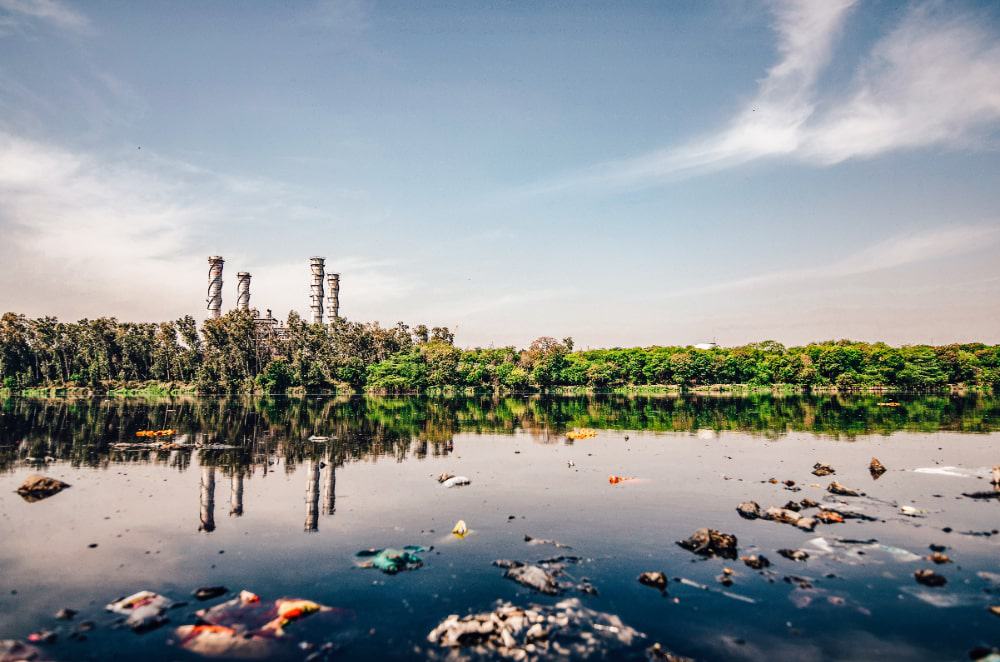
It is not going to be enough to pick up our litter and bury our poop when we go camping. The environmental impact of our lives in civilisation is going to impact our experience of the wild. They are not inseparable.
That’s not to say we should throw away Leave No Trace! I believe it has been a valuable tool in public education that has been beneficial in protecting our wilderness from the impacts we can have when hiking, camping or engaging in other outdoor pursuits.
But educational projects that build on Leave No Trace principles and encourage recreational adventurers to be more considerate of environmental impacts in their day-to-day lives are going to be key to preserving the land we love in the future.
Wrapping It All Up
Leave No Trace has been a valuable resource in educating the public on how to act when in the wilderness to preserve the landscape as best as they can.
However, our environment is under threat from more than just outdoor recreationalists. If we want to protect biodiversity and let wildlands flourish, we are going to need to start thinking about how to act in our everyday lives as well.
Share your equipment with friends whenever possible to cut down on contributing to damaging production chains. Volunteer to clean up rivers in urban spaces to help prevent damage spreading to rural areas. Reduce, reuse and recycle to minimize your waste production.
Let’s build on Leave No Trace and build a better world.
Further Reading
I started this website for two reasons. Firstly, to encourage responsible, ethical adventures in the great outdoors – so this article was really important to me.
Secondly, I also want to promote making outdoor activities accessible to all. I think we all have a right to enjoy the benefits of nature!
Lawrence Gunther is a blind Canadian outdoor enthusiast that is podcasting about getting outdoors. His goal is to collect and pass along information about being in the outdoors, outdoor accessibility, being an outdoor enthusiast with a visual disability, and empowering blind and low vision people to carry on the ancient art of blind storyteller. You can learn more about his podcast “Outdoors with Lawrence Gunther”.
References
[1] https://yalebooks.yale.edu/book/9780300190380/wilderness-and-american-mind
[2] http://outdoorethics-bsa.org/training/
[3] https://web.archive.org/web/20060902170134/http://www.lnt.org/about/LNTHistoryPaper.pdf
[4] https://www.facebook.com/zionnps/posts/2079031918794437
[5] https://www.visitscotland.com/see-do/active/walking/munro-bagging/
[6] http://www.jstor.org/stable/3985059
[7] https://doi.org/10.1080/13668790902753021
[8] http://whitebarkfound.org/wp-content/uploads/2013/11/WPEF_wbp_climatechangev4.pdf
